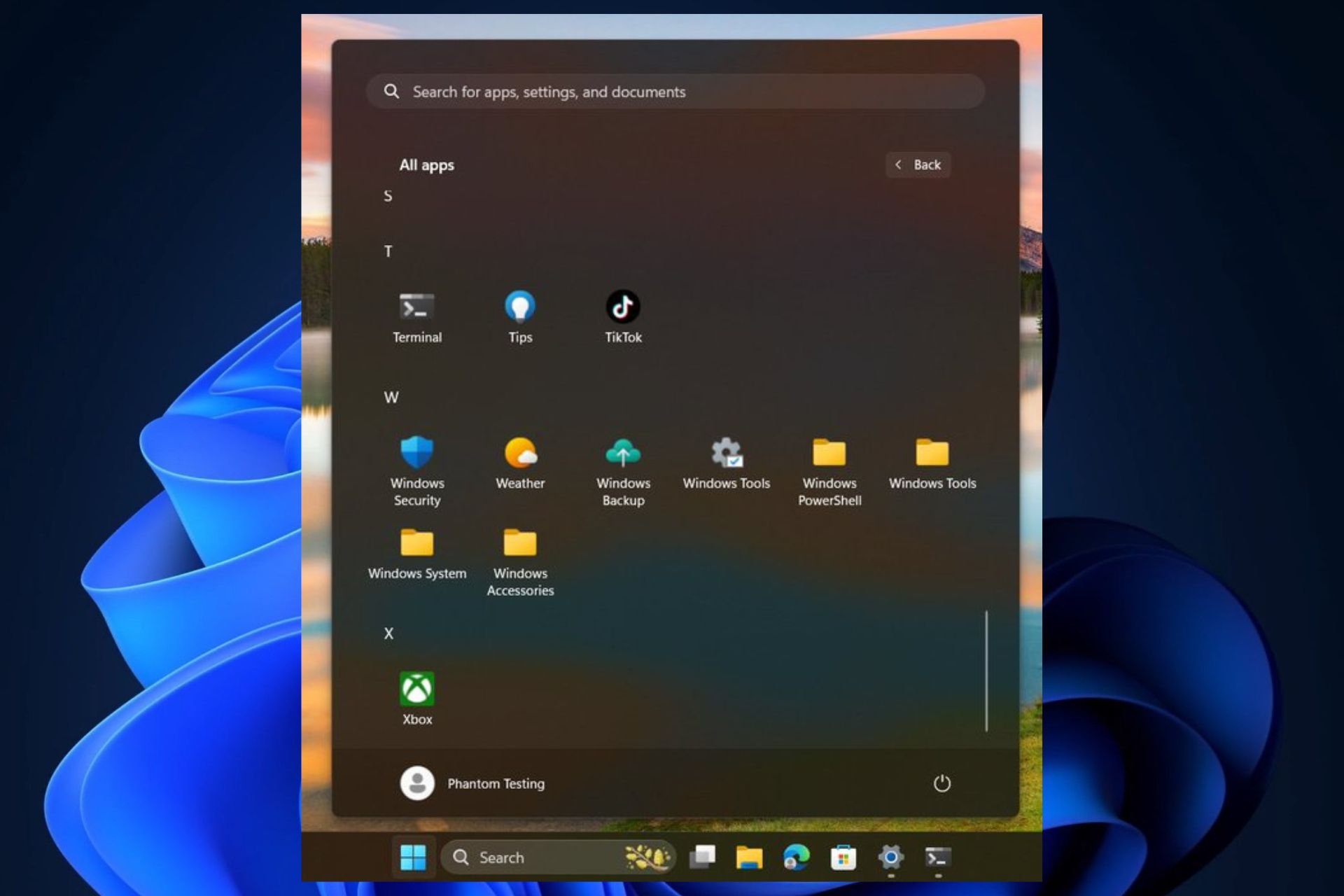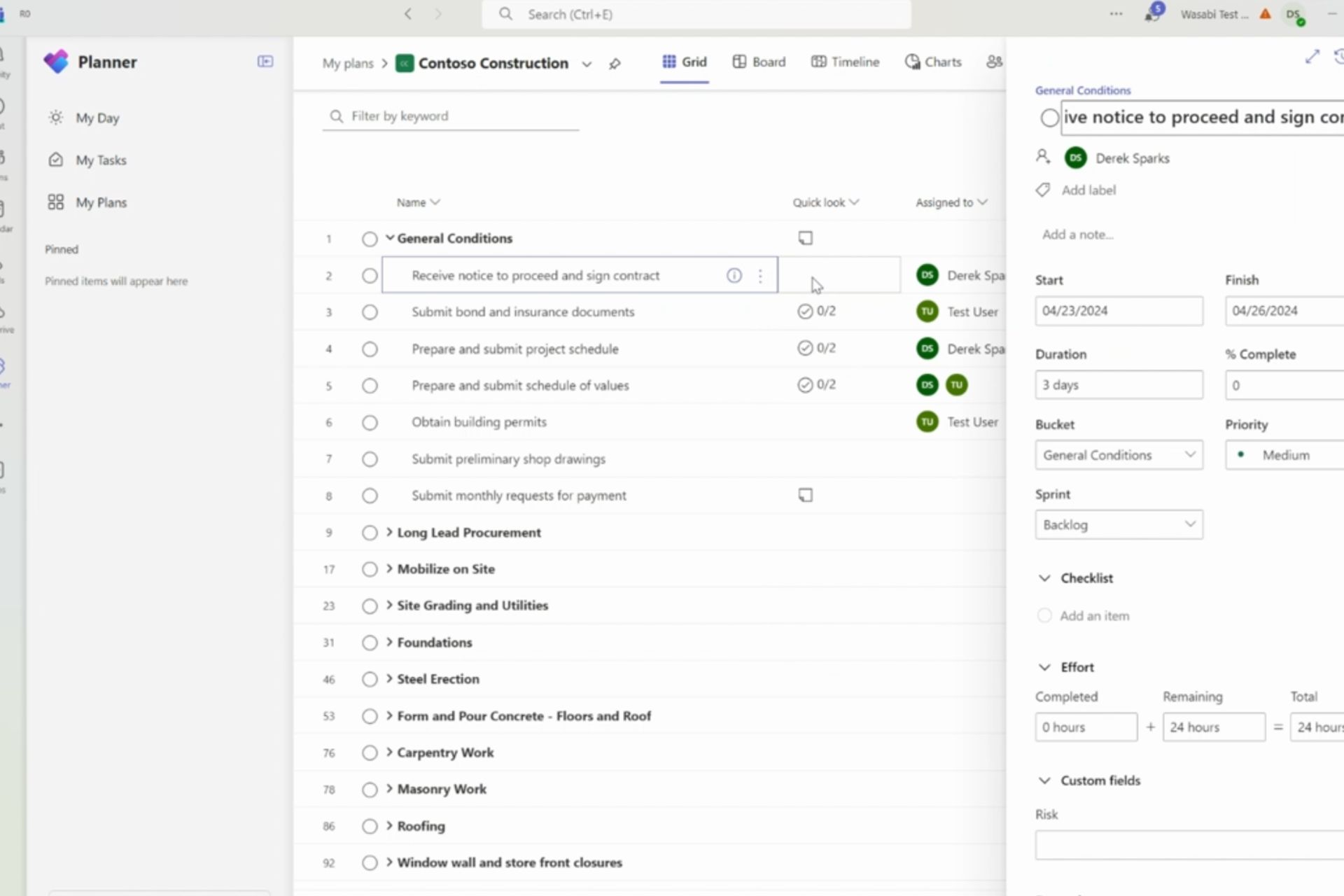SpaceX's Falcon 9 rocket explodes during launch, was carrying two HoloLens devices
2 min. read
Published on
Read our disclosure page to find out how can you help Windows Report sustain the editorial team Read more
Earlier today, SpaceX launched the Falcon 9 rocket carrying numerous supplies, science experiments, food, as well as two HoloLens for the astronauts at the International Space Station. The Falcon 9 rocket was unmanned when it exploded minutes after lift-off from Cape Canaveral in Florida earlier this morning.
Microsoft’s goal was to bring two HoloLens headsets to the International Space Station with the help of NASA and the Falcon 9 rocket. Codenamed “Sidekick”, the project provides astronauts the ability to communicate with control room operators and to augment tasks. Sidekick operates in two different modes. “Remote Expert Mode” uses Skype to allow a ground operator to see what one of the crew members see. The ground operator can draw annotations and help the crew member with his or her task. “Procedure Mode” provides animated holographic illustrations displayed on top of the object which the crew members are interacting with. This could possibly reduce the amount of training that new crews will need to deal with.
“Microsoft HoloLens is about transforming the ways you create, connect, and explore. Sidekick is a prime example of an application for which we envisioned HoloLens being used – unlocking new potential for astronauts and giving us all a new perspective on what is possible with holographic computing,” said Alex Kipman, Windows and Devices group at Microsoft.
The Falcon 9 rocket was intended to be reusable after each flight (it is cost effective to carefully return, refurbish, and re-fly the initial propellant stages of a rocket, rather than dumping them during the ascent into orbit and burning them up upon re-entry), and this was the first failure in nineteen successful launches. NASA selected SpaceX to create a crew-launch system to begin service in 2017, and the system would be based on the Falcon 9 rocket. Unfortunately, today’s incident will likely set back that first crew launch.
The cause of the explosion? “There was an overpressure event in the upper stage liquid oxygen tank. Data suggests counterintuitive cause. That’s all we can say with confidence right now. Will have more to say following a thorough fault tree analysis,” SpaceX’s Elon Musk explained on Twitter. You can watch the rocket exploding in the video below. Again, keep in mind this rocket was unmanned.








